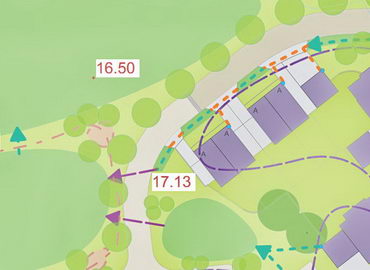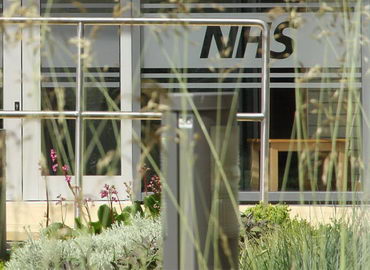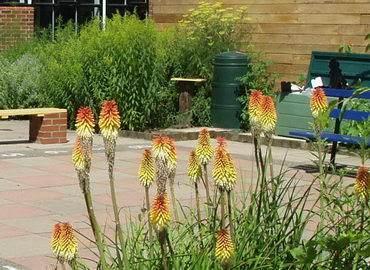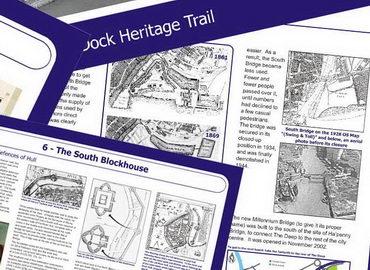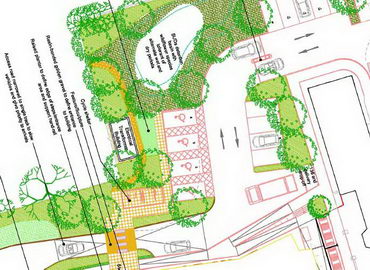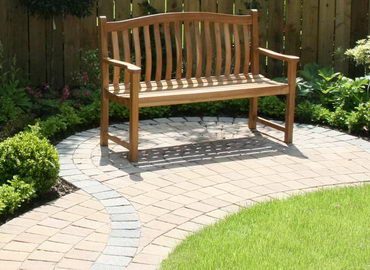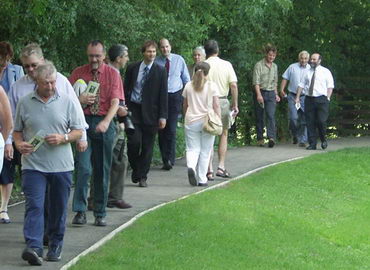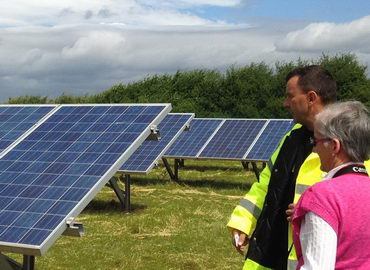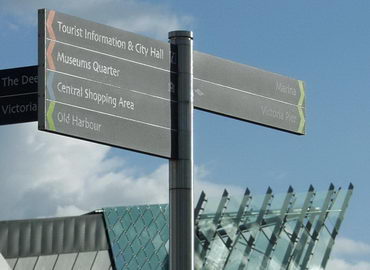What are Sustainable Drainage Systems (SuDs)?
Sustainable Drainage Systems (SuDS) are designed drainage features which mimic the effects of natural drainage systems, by temporarily storing rainwater close to where it falls, then slowly releasing it. This reduces the rate of run-off, by integrating surface water management directly within the site - rather than expecting storm water to be dealt with 'downstream', often with disastrous consequences.
SuDS are increasingly required components of new developments, but can also be retro-fitted into existing sites. Given the extent of existing built areas, which will be with us for decades to come, we need retrofit SuDS to help combat the increasingly severe and frequent storm events arising from climate change.
If SuDS and NFM are implemented on a wide enough scale, they can help to reduce storm peaks and therefore reduce the occurrence of Combined Sewer Overflows (CSOs), thus improving water quality.
SuDS Components
SuDS components form a 'management train' which is multi-functional and includes:
- water treatment: via filter strips and porous elements;
- water attenuation: in green roofs, swales, ponds and basins;
- conveyance: water is moved using only gravity, in swales and ditches;
- flow attenuation: via control points.
Water is handled cleanly and safely - on the surface where possible - in a landscape designed for aesthetics, amenity and biodiversity.
SuDS can save your project money - if done properly
If a site is drained by a conventional system of gullies and pipes, terminating in a large, deep attenuation lagoon, the drainage system will be expensive, due to the amount of hardware involved (gullies, pipes, attenuation tanks, headwalls, fences) - and SuDS have a history in the UK of being expensively over-engineered.
But this need not be the case. As Landscape Architects, we integrate SuDS within the site landscape, from concept SuDS master plan to detailed layout and implementation. When properly considered from the outset, good SuDS design provides safe and low-cost opportunities to:-
- significantly reduce capital and long-term management costs (SuDS development and maintenance are simply an aspect of the landscape development and maintenance);
- substantially improve biodiversity through habitat creation (which also helps with things like achieving 10% Biodiversity Net Gain (BNG), and BREEAM ratings);
- provide social, economic and health benefits, by creating beautiful, legible restorative places.
Why 2B?
Our expert team of landscape architects has undergone recognised CIRIA design training to undertake SuDS planning and design work, in collaboration with other trained professionals. We are committed to producing fabulous, functional and cost-effective SuDS designs for your projects.
Involve us ASAP!
Take a look at our blog post 'The Five Pillars of SuDS', for a case study on how SuDS design can improve your scheme and save money; if 2B is involved early in the project planning.
The CIRIA SuDS Manual 2015 states "Provided that drainage is considered early enough in the outline design of a new development then there is no reason why SuDS should not become the norm everywhere.... Where SuDs are designed to make efficient use of the space available, they can often cost less to implement than underground piped systems".
We would be delighted to discuss your requirements, so do please get in touch - as early in your project as possible, and preferably before you have placed any buildings or roads!
Thanks for your hard work, great ideas and patience for the past few months! It has been challenging to design and execute the landscape area in such short space of time. We have received many positive feedbacks on the area from our Siemens colleagues. I will recommend your company for future opportunities on site.










